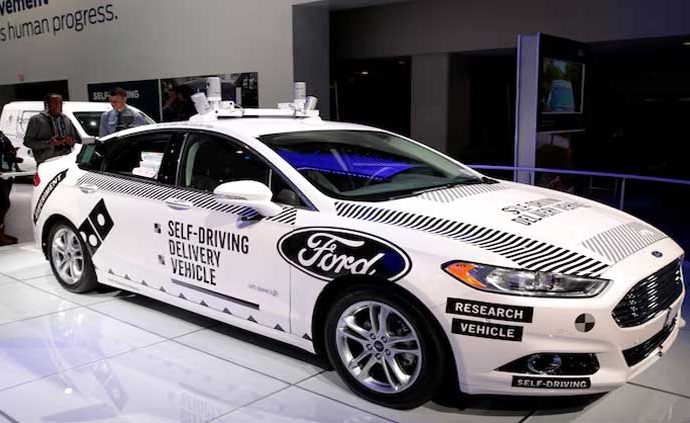WASHINGTON (Reuters) — On Tuesday, a group representing self-driving car businesses urged the US government to do more to accelerate the deployment of autonomous cars and eliminate impediments to adoption.
“The federal government needs to lead when it comes to vehicle design, construction, and performance, and we haven’t seen enough action from the federal government in recent years,” said Jeff Farrah, president of the Autonomous Vehicle Industry Association, in an interview.
The organization issued a policy framework for the US Department of Transportation (USDOT) to “assert its responsibility over the design, construction, and performance of autonomous vehicles and increase its efforts in key areas.”
The organization stated that “federal inaction has created regulatory uncertainty” and warned that China is keen to follow the United States’ lead in autonomous car technology.
“We want to make sure there is a clear pathway to getting these next-generation vehicles on the road,” Farrah told me.
“We have been frustrated by the lack of progress.”
In December 2023, the organization and others urged the USDOT to do more.
Transportation Secretary Pete Buttigieg stated in an interview that the government was working to ensure that self-driving cars outperformed human drivers.
“I think being very rigorous in these early stages is helping these technologies start to meet their potential to save lives,” Buttigieg said, adding that the scrutiny will enhance public acceptability.
Renault’s Dacia brand intends to accelerate electric car sales in Europe.
The autonomous car organization wants Congress to clear that human controls are unneeded in automated vehicles that exceed performance criteria, and to allow firms to disengage the manual controls on self-driving vehicles. It also proposed building a national AV safety data repository that would be accessible to state transportation agencies.
Last month, the USDOT recommended simplifying the approval of requests to deploy self-driving cars that lack human controls such as steering wheels and brake pedals.
Efforts in Congress to make it easier to deploy robotaxis on US roads without human controls have been stalled for years, but they may be bolstered when President-elect Donald Trump enters office.
According to Reuters and other news sites, Trump wants to reduce deployment hurdles for self-driving vehicles. Tesla CEO Elon Musk, a close adviser to Trump, said in October that the manufacturer will launch autonomous ride-hailing services in 2025.


